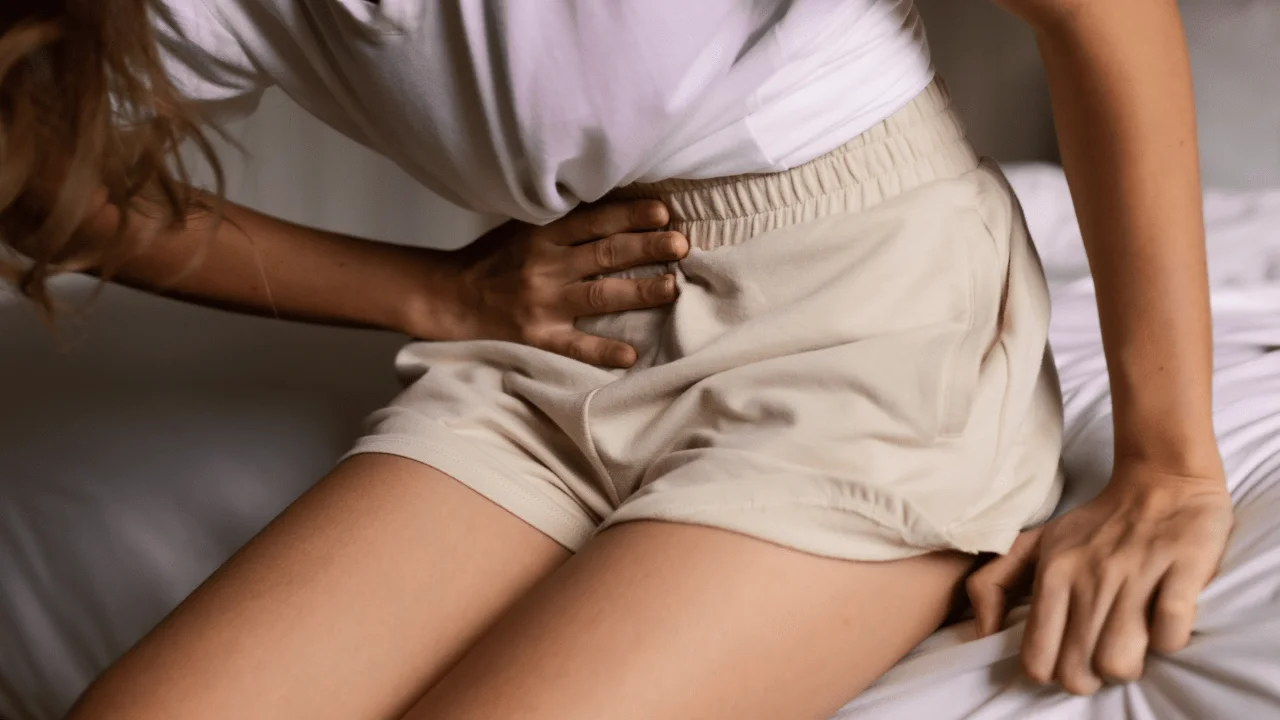
Postpartum cramping happens as your uterus returns to its pre-pregnancy size after you deliver. The cramps are usually most intense on days two and three after delivery, but they should disappear within a week or two. You will find your cramps more intense while breastfeeding, as nursing can often stimulate uterine contractions. Over-the-counter pain relievers, along with gentle massage and deep breathing exercises can help ease the discomfort. If you have severe pain and symptoms like fever or smelly discharge, you’ll want to call your doctor.
IN THIS ARTICLE
- What is postpartum cramping?
- Why do I have postpartum cramping?
- When should I be concerned about postpartum cramping?
- Is there anything I can do to relieve postpartum cramping?
What is postpartum cramping?
Postpartum cramping is pain in your lower belly as it returns to its pre-pregnancy size after your baby’s birth. Another name for these cramps is afterbirth pains.
Some cramping after birth is normal and it’s usually mild for first-time moms (if you feel them at all). But the cramps often get worse with each future delivery, and may be most uncomfortable after the second and third babies.
Why do I have postpartum cramping?
Postpartum cramping happens as your uterus contracts to return to its pre-pregnancy size and shape. (This process is called “involution.”) Right after you deliver, your uterus weighs about 2 ½ pounds. By one week postpartum, it’s already half that size. And by about six weeks post-birth, it should be down to 2 ounces.
Cramping after birth serves another important purpose. It narrows blood vessels in your uterus to prevent you from losing too much blood after delivery.
Expect the cramping to be most intense for the first day or two after you give birth. It should taper off by around the third day, though it can take several weeks for your uterus to return to its pre-pregnancy size.
Breastfeeding can bring on postpartum cramping or make it more intense. That’s because your baby’s sucking triggers the release of the hormone oxytocin. This is the maternal hormone which causes contractions, and it has the same affects it did during delivery, postpartum. This is actually a good thing: The cramps help your uterus shrink back to normal size more quickly, reducing your risk of postpartum anemia from blood loss.
Doctors and midwives routinely give new moms oxytocin immediately after delivery to reduce postpartum bleeding, and this may also intensify cramping.
When should I be concerned about postpartum cramping?
Some cramping after birth is normal and manageable at home, but more severe pain and other symptoms are worth calling your doctor about.
Intense pain in your lower belly could be a uterine infection called endometritis. Pain that extends to your lower back or side might be a urinary tract infection. It’s also not normal to have persistent pain or redness around your c-section incision or vaginal laceration.
Call your doctor if the cramping hasn’t started to ease up after a few days, or if the pain becomes unbearable. These could be signs of an infection or other problem that requires medical attention.
Also report symptoms like these:
- Fever
- Pain or burning when you pee
- Foul-smelling discharge
Is there anything I can do to relieve postpartum cramping?
Cramping is normal, but it’s not something you have to tolerate. Because postpartum pain can distract you from the more important tasks of caring for and bonding with your baby, it’s worth addressing.
An over-the-counter pain reliever like ibuprofen (Advil, Motrin) can help with the pain. Let your doctor know if it doesn’t give you relief – they may recommend another medication.
Here are a few other tips you can try to minimize your discomfort:
- Practice deep breathing or other relaxation techniques to distract you from the pain.
- Try to pee often, even if you don’t feel the urge to go. A full bladder prevents the uterus from fully contracting and intensifies cramping. Immediately postpartum, your sensation of bladder fullness may be disrupted, so taking regular trips to the bathroom no matter what, will help ease cramping.
- Breastfeed every 2-3 hours during the day and every 3-4 hours at night. This will not only help your milk supply, but will also help minimize your blood loss by encouraging contractions and helping the uterus return to its pre-pregnancy size.
- Lie face down with a pillow or warm heating pad under your lower belly.
- Gently massage your lower belly.
Read more about


Add a Comment